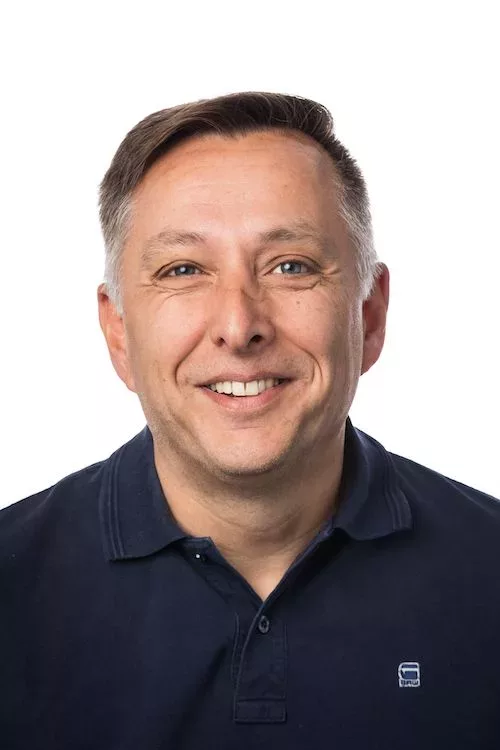Risks and solutions for companies
Modern technological developments rapidly follow each other and force companies to take an increasingly critical look at their IT landscape. The philosophy “to stand still is to go backwards” applies more than ever, and modernizing the software, frameworks and infrastructure (in short as a ‘tech stack’) is not a luxury but a pure necessity to remain competitive and relevant as a company.
In the new theme ‘Modernize your tech stack,’ we help companies navigate between these complex challenges. Through a series of articles, we share valuable insights, analysis and best practices on the importance of a modern tech stack. In the second part of this series, we look at the human side of IT. As a company, how do you deal with people with all the substantive knowledge but suddenly drop out or leave the organization? How dangerous is this for a company? How can you prevent this?
Consequences of loss of knowledge
In many organizations, IT knowledge is in the head of the employees. At first glance, little is wrong with that because – as the argument often goes – ‘it’s going well and we don’t have any problems’. Until these employees suddenly find another job, retire or fall out due to illness – the tech stack turns out to be too dependent on individuals.
Dick van Straaten (Director of Cloud & IoT at LINKIT) sees it happen regularly in practice. “Unfortunately, this often happens in organizations that run on an ‘old-fashioned’ IT infrastructure,” he says. “They underestimate the risks of knowledge loss and the consequences for the IT landscape. When experienced employees leave the organization, this often leads to significantly losing technical know-how. It is not only about solving IT problems or maintaining the tech stack, but it can also lead to project delays, reduced efficiency, customer loss or potential security risks from the outside.”
“They underestimate the risks of knowledge loss and the consequences for the IT landscape.”
Active knowledge sharing is the key to success.
He, therefore, argues for active knowledge sharing. “Create a culture where it becomes ‘normal’ to share knowledge and experiences and encourage using internal documentation or knowledge bases. Consider, for example, detailed information about the architecture, infrastructure and configurations. Ensure all documentation is always up-to-date and easy to locate by colleagues. In this way, adjustments and innovations can be implemented, and the continuity of the IT environment is guaranteed. In other words, the company is not standing still.”
Training is also an essential part of preventing knowledge loss, says Dick. “Set up learning programs in which experienced employees transfer their knowledge and experience to young talents. Develop an environment that rewards learning and growth and invest in training and education for your employees so that they absorb all the relevant knowledge for a well-functioning tech stack.”
He continues: “Continuous learning and development is critical. Establish a culture of learning and development and encourage employees to keep abreast of new technologies, trends and best practices. Facilitate them to participate in events, workshops and other gatherings to expand their network and keep their knowledge up-to-date.”
“Create an environment that rewards learning and growth and invest in training and education for your employees so that they absorb all the relevant knowledge for a well-functioning tech stack.”
Smooth transition through succession planning
Another solution is to identify potential successors for critical positions at an early stage. Dick: “Succession planning can help ensure a smooth transition when experienced employees retire or leave the company for another reason. By ensuring that these ‘successors’ receive the necessary training and are helped to prepare for their future responsibilities, you increase the resilience of your tech stack.”
He mentions LINKIT as an example. “We are a knowledge-driven organization. We invest in knowledge through training budgets, knowledge sessions, webinars, meet-ups, events, etc. By sharing knowledge, we broaden valuable expertise and career opportunities and create a ‘body’ to absorb any loss of knowledge (during illness, retirement, new job, etc.). At the same time, this knowledge-driven way of working also makes us interesting for new talent, with which we can respond to future personnel issues.”
Modern tech stack as protection
In addition to the ‘human measures’, a modern IT environment also supports reducing the impact of knowledge loss. Dickt explains: “Modern tech stacks have a modular architecture, in which different components of the IT environment are well defined. It makes it easier to understand specific parts of the stack. It allows other employees to make changes or updates with relative ease. In addition, modern tech stacks are equipped with automated processes, such as testing updates. It minimizes the chance of bugs or problems in the final production environment, and you are not dependent on individual knowledge.”
External partners can help companies modernize their IT, says Dick. “An external party, for example, LINKIT, increases the technical capabilities of the internal teams. When employees leave the company, an external partner helps transfer knowledge and responsibilities. It ensures a smooth transition and minimizes the impact of employee loss. In addition, external organizations often bring new perspectives, best practices and ideas, stimulating innovation within the tech stack. A modernization step is often the next step.”
He concludes: “You minimize the impact of loss of knowledge through the combination of people and technology. By taking certain ‘human’ measures in advance and building a strong technological shell – with ditto security – around this, you resist potential (personnel) changes and risks. This way, the competitive position remains unchanged, business continuity is not compromised, and you create a future-proof environment.”
“Enormously valuable because the technology remains up-to-date, your competitive position and business continuity are not compromised, and you as an organization are prepared for possible personnel changes.”

Dick van Straaten | Director Cloud & IoT (LINKIT)
Dick (54) has worked at LINKIT since 2021 and is ultimately responsible for the Cloud & IoT squad. He advises customers and partners on tech stack strategies and business issues with his team. He shares his deep cloud and Microsoft knowledge.

